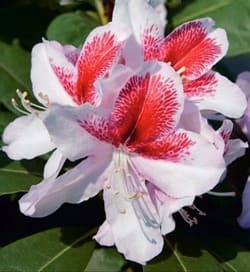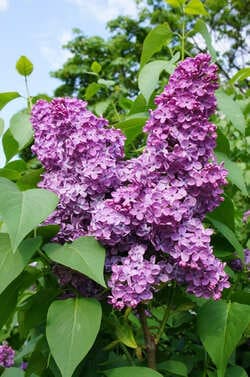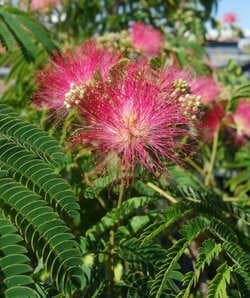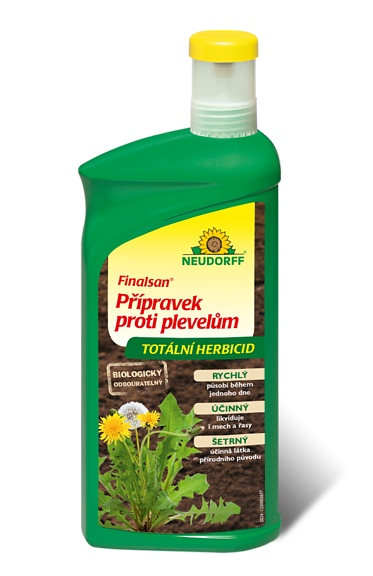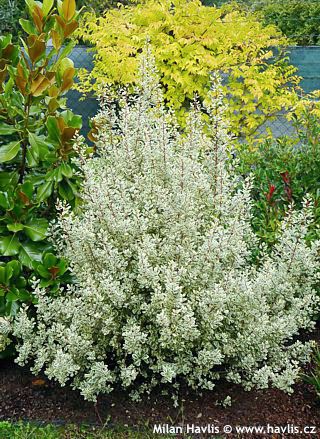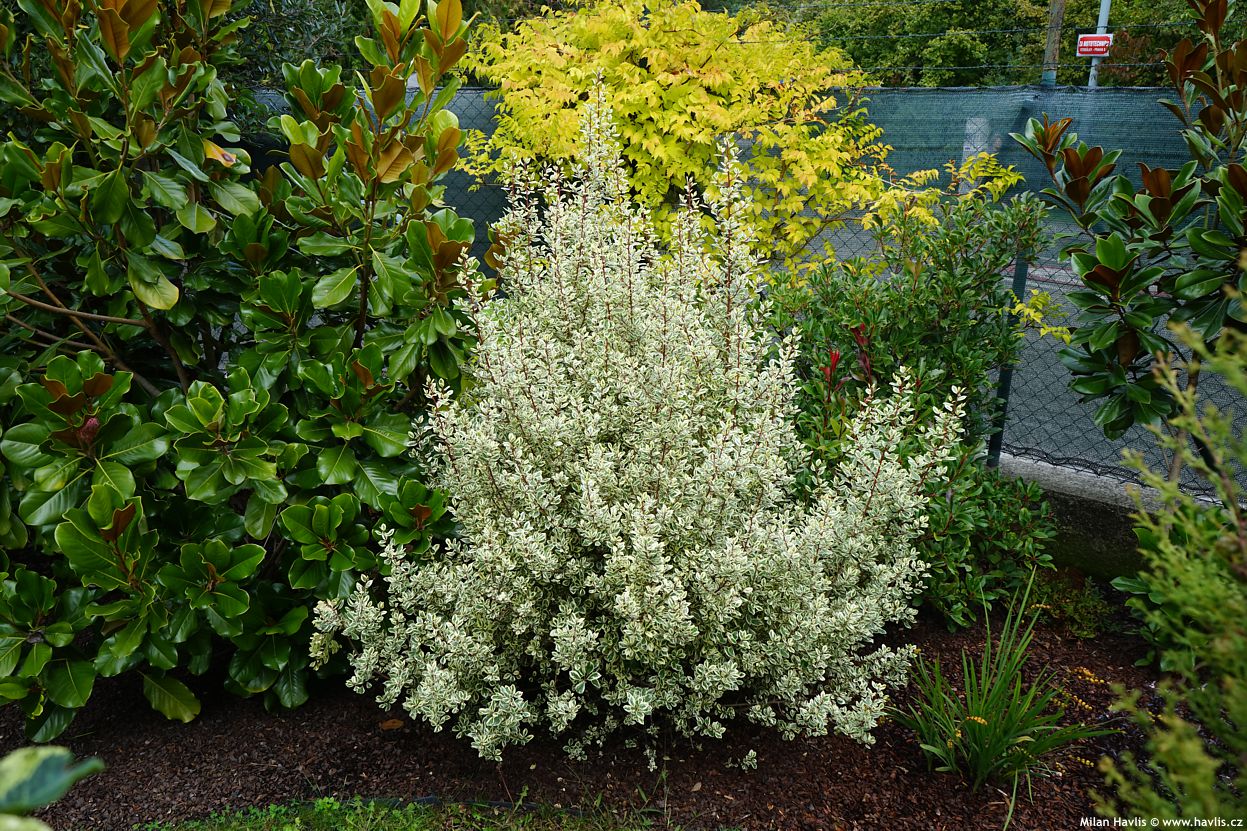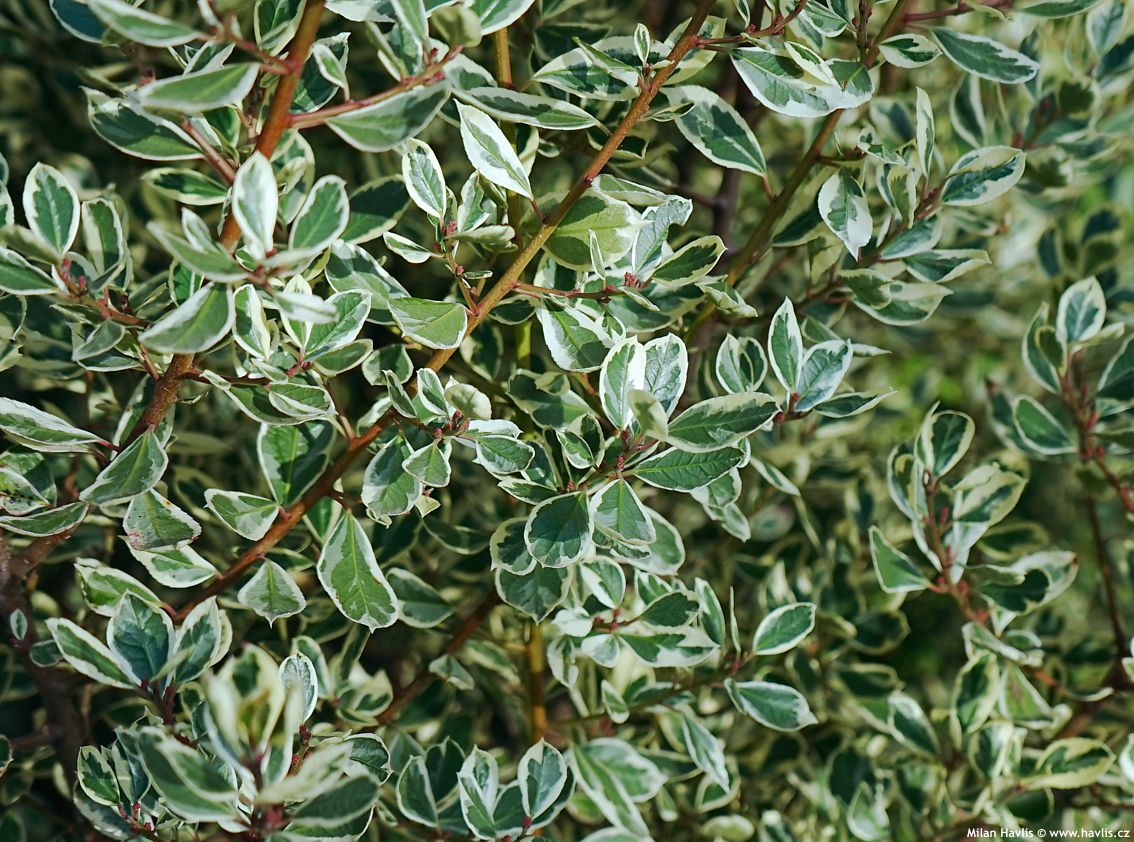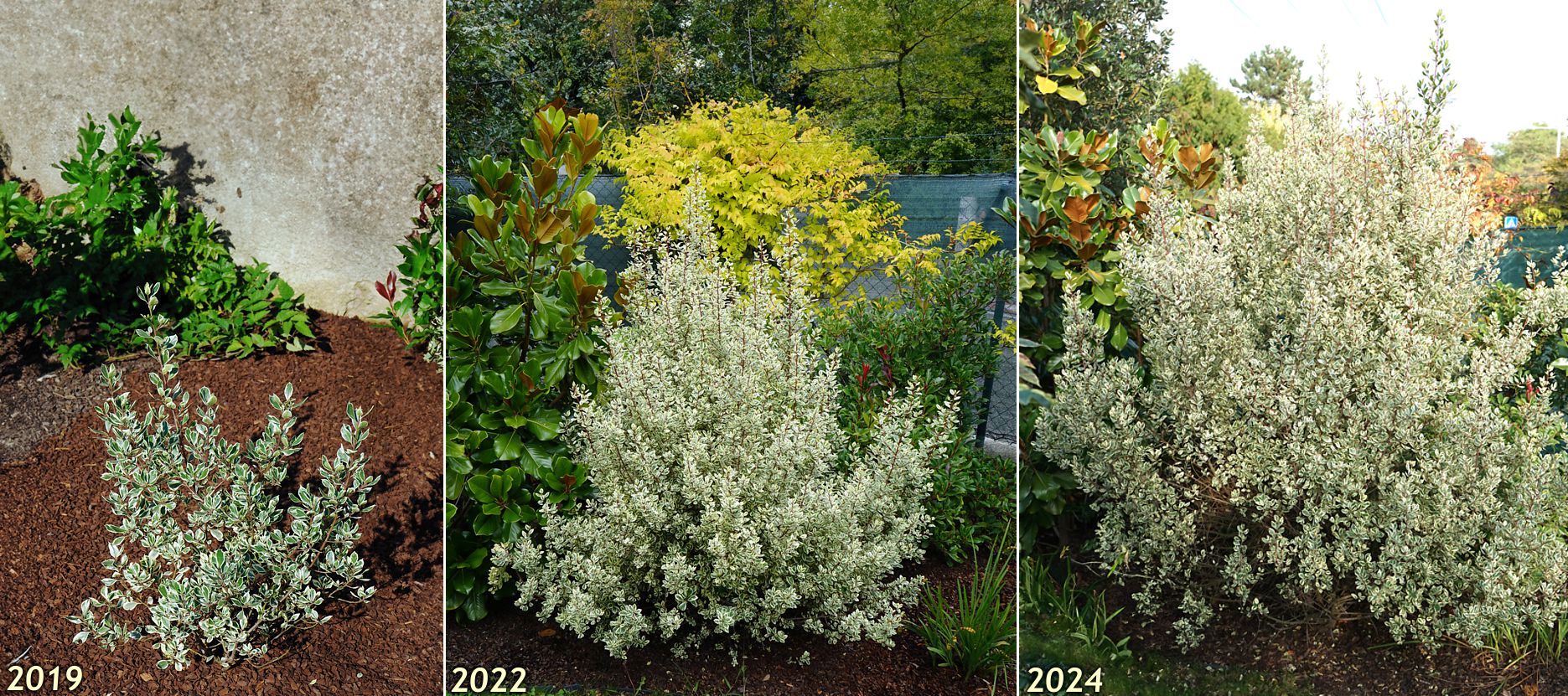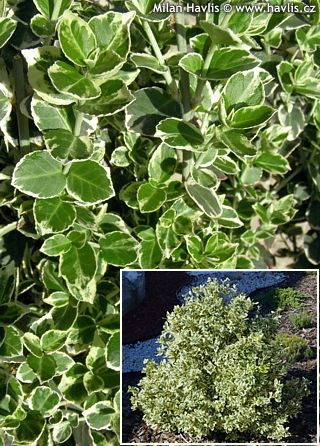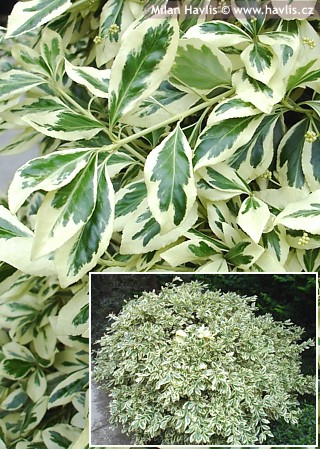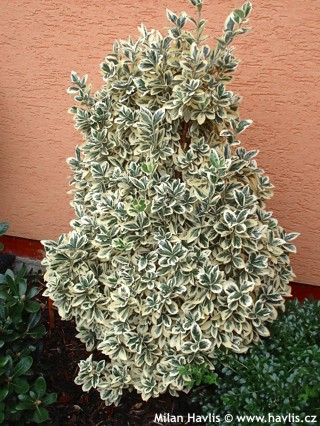Rhamnus alaternus 'ARGENTEOVARIEGATA' Italian buckthorn
Rhamnus
Buckthorn is a small genus comprising about 125 species, but its members can be very diverse. There are deciduous forms (in northern temperate zone) and evergreen forms (in southern subtropical zone towards the equator). Italian buckthorn belongs to the latter group and is native to the vast area of all the coastal countries in the Mediterranean basin – Europe, large parts of North Africa, the Middle East, and Crimea. Many species have thorns, but this one does not. It is an evergreen shrub resistant to drought, heat, and wind, naturally growing up to about 1300 meters above sea level. It was first botanically described in 1753 by the Swedish botanist Carl Linné (1707-1778) in his work Species Plantarum, but he acknowledges that it was already known from the previous (17th) century.
Argenteovariegata is a charming, variegated form (first noted in 1922) of Italian buckthorn, which later gained the status of a cultivar name under which it is now sold worldwide. Sometimes there is a confusion over its name, questioning whether the feminine suffix -ata is correct while Rhamnus seemingly ends with a masculine suffix. The reason is that the original Greek form rhámnos (‚thorn bush‘) is feminine. The origin of the cultivar is not documented, and it is known that while the green-leaved species may be variable as a seedling, spontaneous colour mutation is not known. Therefore, it is assumed that it may have been created intentionally as a botanical experiment, the authors of which have disappeared into the annals of history. I first came across the shrub in England in 2000 and saw it modestly incorporated among other evergreen shrubs of contrasting foliage size and colour while its elegant variegation broke the monotony of the setting. I was fascinated by its colour and habit, so I tried it in my C.E. garden, and lo and behold: it thrives here too!
Argenteovariegata buckthorn is an evergreen, fast-growing shrub with reliably variegated leaves. They are oval to ovate, alternate, dark green with silver-grey spots and distinct creamy white edges. They are small, only about 3-4 cm long, and densely arranged around the deep mahogany-red branches. In spring, it blooms abundantly with small, inconspicuous but pleasantly scented yellow flowers, and pollinated female plants produce small, inedible red fruits. The shrub is dioecious, so male and female flowers are on separate plants, but the fruits are not aesthetically significant, so the sex is generally not indicated.
Apart from attractive foliage, the growth habit is the second reason why this buckthorn is a must-have. Compared to the botanical species, it is much neater – all branches are upright, lined up like soldiers on parade and further branched with lateral branches. This helps the shrub thicken the following year into an almost impenetrable and attractive thicket. It has no thorns, and I indulge in touching it every time I pass by, burying my hands in the mass of its handsome leaves. You can trim and prune it from spring to mid-summer in any way, it can even cope with hard pruning. In its native habitat, it grows up to 5 meters tall, but we do not know yet how tall it will grow in Central-European continental climate; we expect around 3 meters though.
The evergreen species of buckthorn are very drought-resistant once established. Italian buckthorn is a typical shrub of the Mediterranean maquis, where water can be scarce, especially during the hottest periods. Paradoxically, horticulturists have found that during the growing season, it does not mind regular watering when planted along with other evergreen species that like moisture, and it looks even more beautiful. Still, it is crucial that the soil is well-drained, and that excess water can quickly drain away to prevent root rot. It is tolerant of soil pH or the amount of nutrients in it. We discovered that it responds well to mycorrhiza when used at planting. It loves full sun and loses its shape in partial shade. So far, we have experienced frost down to -20°C, and it coped without any damage. It is expected to withstand even a few degrees lower. In cold regions, mainly young plants appreciate abundant winter mulch to protect against temperature fluctuations. (USDA zone 6b).
Last update 20-01-2025












